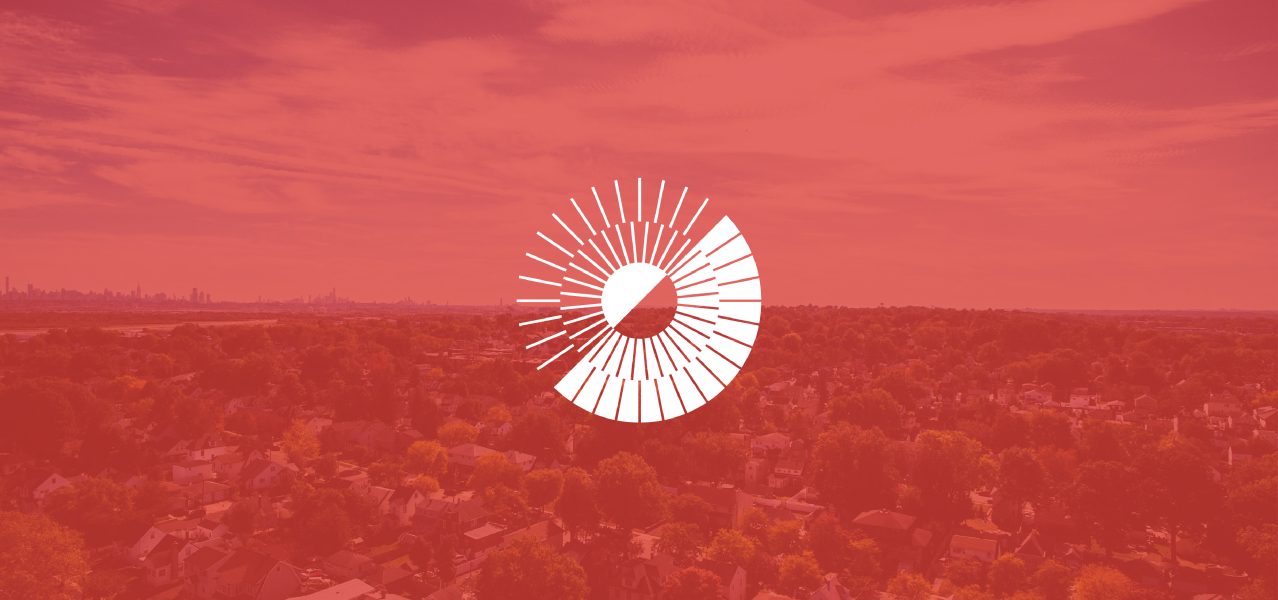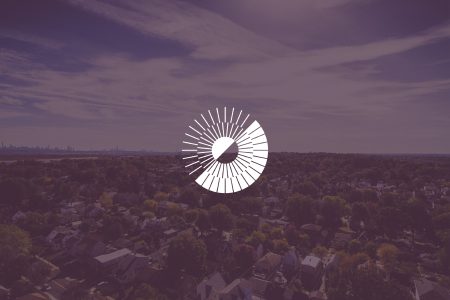The unemployment rate for Black Americans has risen sharply in 2025, reaching 7.2% in July, compared with the national average of 4.2%. This increase is particularly acute for Black women, whose unemployment rate stands at 6%, nearly double that of White workers and significantly higher than White women. Between May and August 2025 alone, an estimated 300,000 Black women exited or were displaced from the labor force, either through layoffs, attrition, or structural exclusion from employment opportunities.
A critical driver of this trend has been government layoffs. Black women have historically been overrepresented in the public sector, where they have found relatively stable employment and access to middle-class wages. They account for approximately 18% of the federal workforce, compared to just 12% of the overall workforce in 2024. Recent cuts to agencies such as the Department of Education, Health and Human Services, Housing and Urban Development, and the Consumer Financial Protection Bureau disproportionately affected Black women, leading to a nearly 33% decline in federal employment for this demographic over the past year. In a single month, from February to March, roughly 266,000 Black women lost jobs, a drop that researchers warn is not only a setback for racial and gender equity but also a broader signal of economic weakness. This is particularly troubling given that Black women tend to remain unemployed for longer durations, an average of 27 weeks, compared to 17.4 weeks for White, 21.3 weeks for Asian, and 23.6 weeks for Hispanic women.
The decline in employment among Black women is widely regarded as a leading indicator of deeper structural issues in the labor market. Economists have described this trend as a “canary in the coal mine,” noting that unemployment among Black women tends to rise before broader downturns become visible across the economy. Their overrepresentation in government work has made them uniquely vulnerable to the current wave of public sector retrenchment, but the problem extends beyond federal markets.
The impact of tariffs imposed by the Trump administration has created additional strain for Black women entrepreneurs, raising consumer costs, reducing business confidence and suppressing consumer spending. Rising input costs, particularly in industries such as retail, food services, and beauty care, have narrowed already thin profit margins and limited expansion opportunities. For example, in the Black haircare industry alone, import tariffs on wigs, weaves, and braiding materials triggered widespread cost hikes, supply shortages, and plunging client retention for salon owners. In context, Black-owned businesses currently comprise approximately 3% of all U.S. firms, and current trends suggest a decline in the coming months. The dual role of Black women as workers and entrepreneurs exposes them to a compounded risk of diminished job opportunities in the private sector and increased financial strain on the businesses they lead.
These convergence factors between federal layoffs, tariff-driven economic headwinds, and the rollback of diversity and equity programs in government hiring underscore a broader picture of structural inequity. As jobless claims rise nationally, with unemployment in Washington, D.C. now reaching 6% due to federal downsizing, the disproportionate impact on Black women illustrates both the fragility of recent gains and the extent to which policy choices can accelerate racial disparities. Taken together, what appears as short-term economic adjustment at the national level registers as long-term instability in the lives and livelihoods of those already navigating structural disadvantages.



